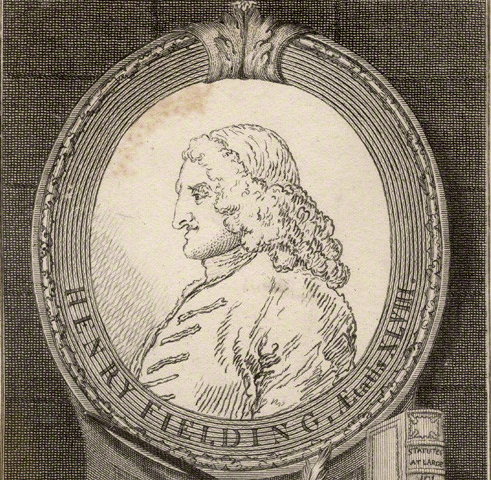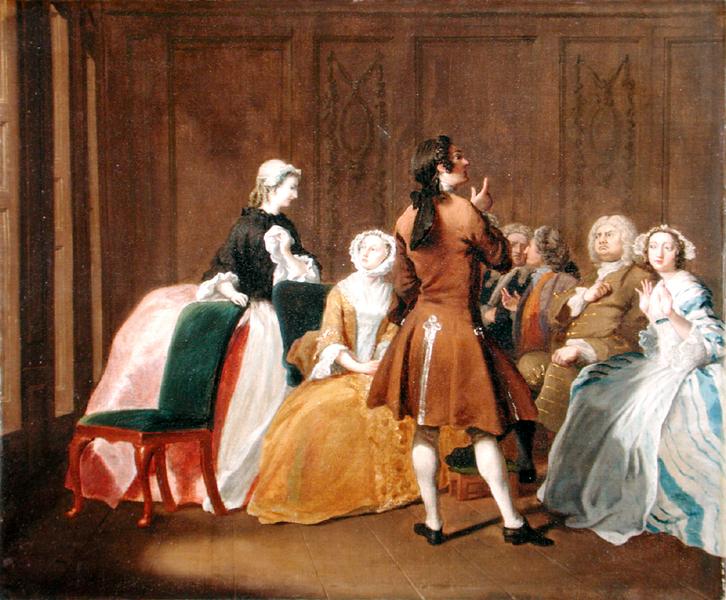There are quite a few candidates competing for the title of the first novel in English literature. You can make a strong case for Robinson Crusoe, published in 1719, or Gulliver’s Travels of 1726, or even – at a push – argue for Sir Philip Sidney’s Countess of Pembroke’s Arcadia, issued over a hundred years before, but one ofContinue reading “Puffing Pamela: Book hype, 18th-century style”
Tag Archives: Samuel Richardson
Samuel Richardson’s Clarissa – one of the great masterpieces of European culture
‘O Richardson! In spite of ourselves we play a role in your works, we take part in your conversations, we approve, we blame, we marvel…’ Denis Diderot I’m with Diderot. Samuel Richardson’s Clarissa is, without doubt, one of the great masterpieces of European culture. An enormous claim, I admit, but I’m going to do my bestContinue reading “Samuel Richardson’s Clarissa – one of the great masterpieces of European culture”
Authors in the frame: ‘Reading’ novel frontispieces in the 18th century
I wrote this piece for The Frame Blog. You can read it here
Jane Austen and the ‘father of the novel’
Jane Austen’s biographers often have to resort to guesswork and speculation about many aspects of her life, but there’s one thing we do know, and that’s who her favourite author was. According to her nephew, James-Edward Austen-Leigh, her knowledge of Samuel Richardson “was such as no one is likely again to acquire . . . EveryContinue reading “Jane Austen and the ‘father of the novel’”
Joseph Highmore’s ‘conversation piece’ of The Harlowe Family
Many editions of Clarissa have the Joseph Highmore painting on the front cover, and in this post I discuss the significance of the painting, and how it relates to the themes of family, kinship, power and control that the novel explores. Incidentally, for many years the painting was thought to be by William Hogarth, and was entitled simplyContinue reading “Joseph Highmore’s ‘conversation piece’ of The Harlowe Family”




